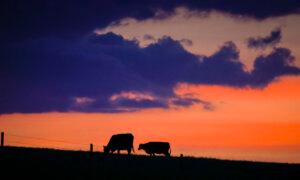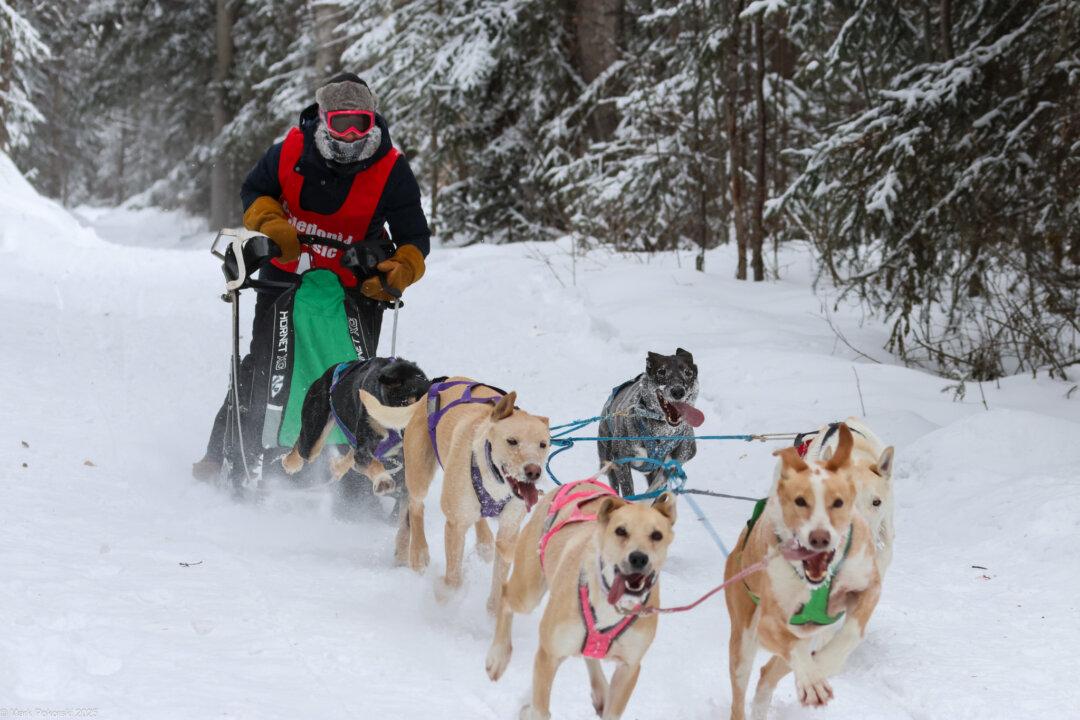Alberta has announced the largest water-sharing agreements in its history as one way to lessen the impact of what could be another severe year of drought.
The agreement means the biggest water users in the province, such as irrigation districts, municipalities, and industries, have voluntarily agreed to reduce how much water they use if the situation worsens.
“Many reservoirs are still low, and the ground is already dry from last year,” Alberta Environment Minister Rebecca Schulz told a news conference. “If we have a hot, dry spring, we still could see severe drought in parts of our province.”
Ms. Schulz said spring snowfalls and rain have helped but not enough.
“The past month or two have brought more snow and rain, which absolutely has improved our situation slightly, but snow on our mountains is still low and that snow melt fills our rivers,” she said.
The agreements cover 38 of the province’s biggest and oldest water users, making up some 90 percent of the water use allocations in the Bow River and Oldman River water basins, and around 70 percent of the Red Deer River water basin.
Under the agreements, cities and towns will agree to reduce water use between 5 and 10 percent if needed. Industries will only use the minimum water needed to maintain safe and reliable operations. And farmers who use irrigation will use less and allow others to get what they need first.
The agreements have already led to some tough discussions, according to Alex Ostrop, a farmer and chair of the Alberta Irrigation Districts Association.
“The water allocation for irrigation farmers in the Oldman basin and the upper tributaries to the Oldman this year, which includes my farm, is currently set for eight inches [of water]. To put that number into context, it takes about twice that much water to grow a crop of potatoes,” said Mr. Ostrop.
As a result, he said, many farmers have decided to grow less grain and more high-value crops that are used by the province’s food processing industry to produce things like French fries and sugar.
“So what we’re seeing is that we’re reallocating water on farm, from grains to potatoes, to sugar beets, to corn,” he told reporters.“Those are the priority because those are our high-value crops.”
The last time Alberta had to implement major water-sharing agreements was in the drought of 2001. And Ms. Schulz said the agreements this time are the largest in the province’s history.
“Our province has grown a lot since 2001,” she said, and more needs to be done. Starting in May, said Ms. Schulz, water allocations will be updated every two weeks based on the latest water supply forecast.
The province is also looking at ways to better store water in the future, and use existing water supplies as efficiently as it can.
“We have to have a bigger conversation about how we can maximize the water resources that we do have in Alberta,” said Ms. Schulz.
“I do not think that there is a resource which elicits stronger opinion or has greater emotional pull than water,” added Mr. Ostrup.
Alberta is not the only province grappling with the possibility of drought. While Saskatchewan has had several spring storms that have dumped rain and snow over much of the province, including 5–15 centimetres of snow on April 17 and 18, spring runoff levels are still low in many areas.
It’s a similar story in British Columbia, which in 2023 experienced its worst wildfire season on record.
“The April survey shows that the overall snowpack level for B.C. is at 63% of normal, the lowest in 50 years,” Mr. Cullen said in the statement. “The experts at the River Forecast Centre tell us these low levels and the impacts of year-over-year drought are creating significantly higher drought risk for this spring and summer.”
“At the end of [March], 95% of the Prairie Region was classified as Abnormally Dry ... or in Moderate to Exceptional Drought,” said the Agriculture Canada report.
But officials believe taking action early can make a difference.
“This is definitely not the first drought that we have faced here in Alberta, and it won’t be the last,” said Ms. Schulz. “But the agreements that we have reached and that we’re releasing today will be the model that is used for years to come.”







